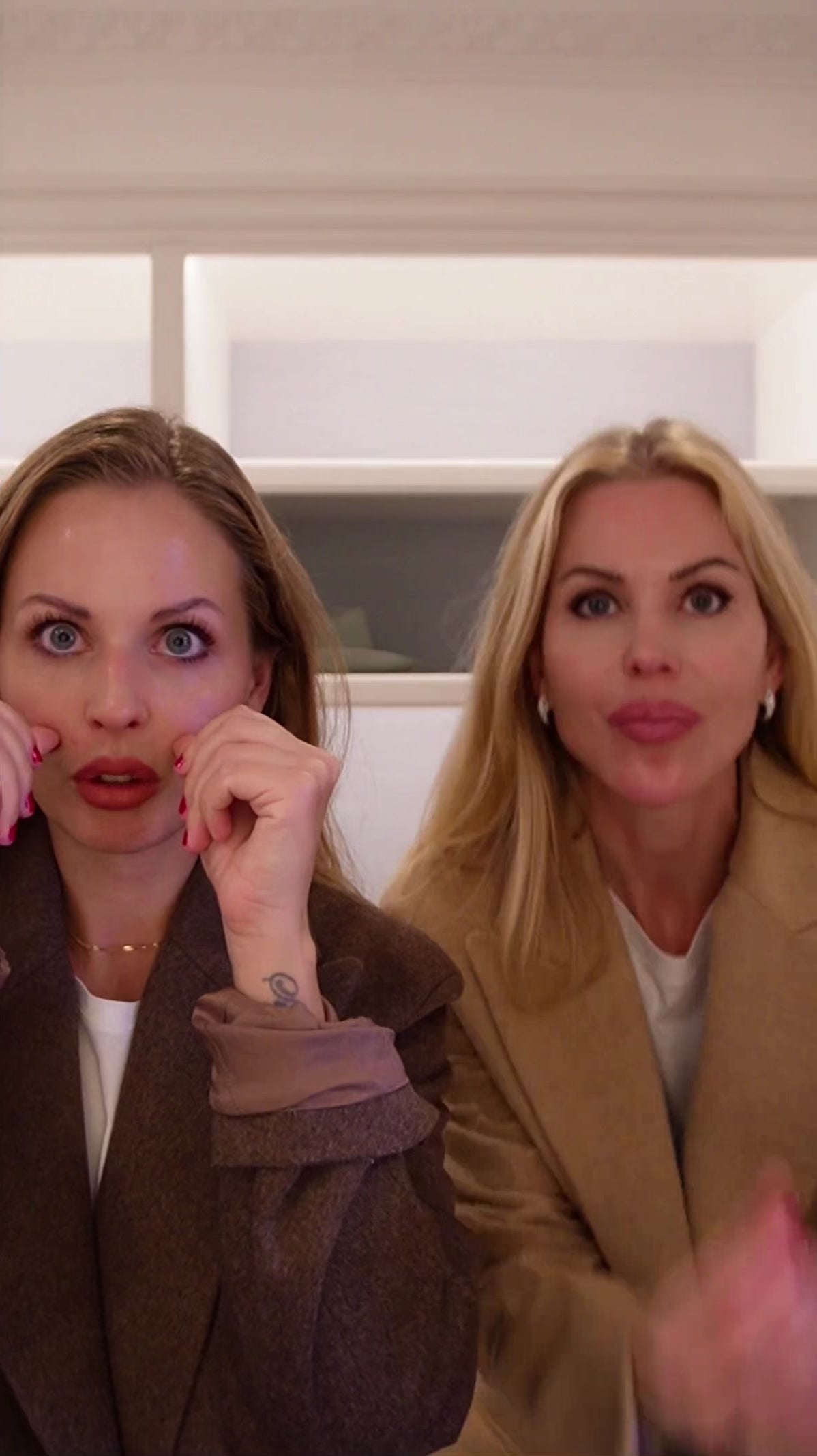Our Transformation — And What Brought Us Here
We’re two sisters, ten years apart.
We’re both aesthetically driven and naturally curious. We thrive when we evolve – and while we’ve taken different roads — we’ve arrived at the same place.
Here, we want to share our stories and what guided us toward Chez Sorel.
Stina — The Big Sister
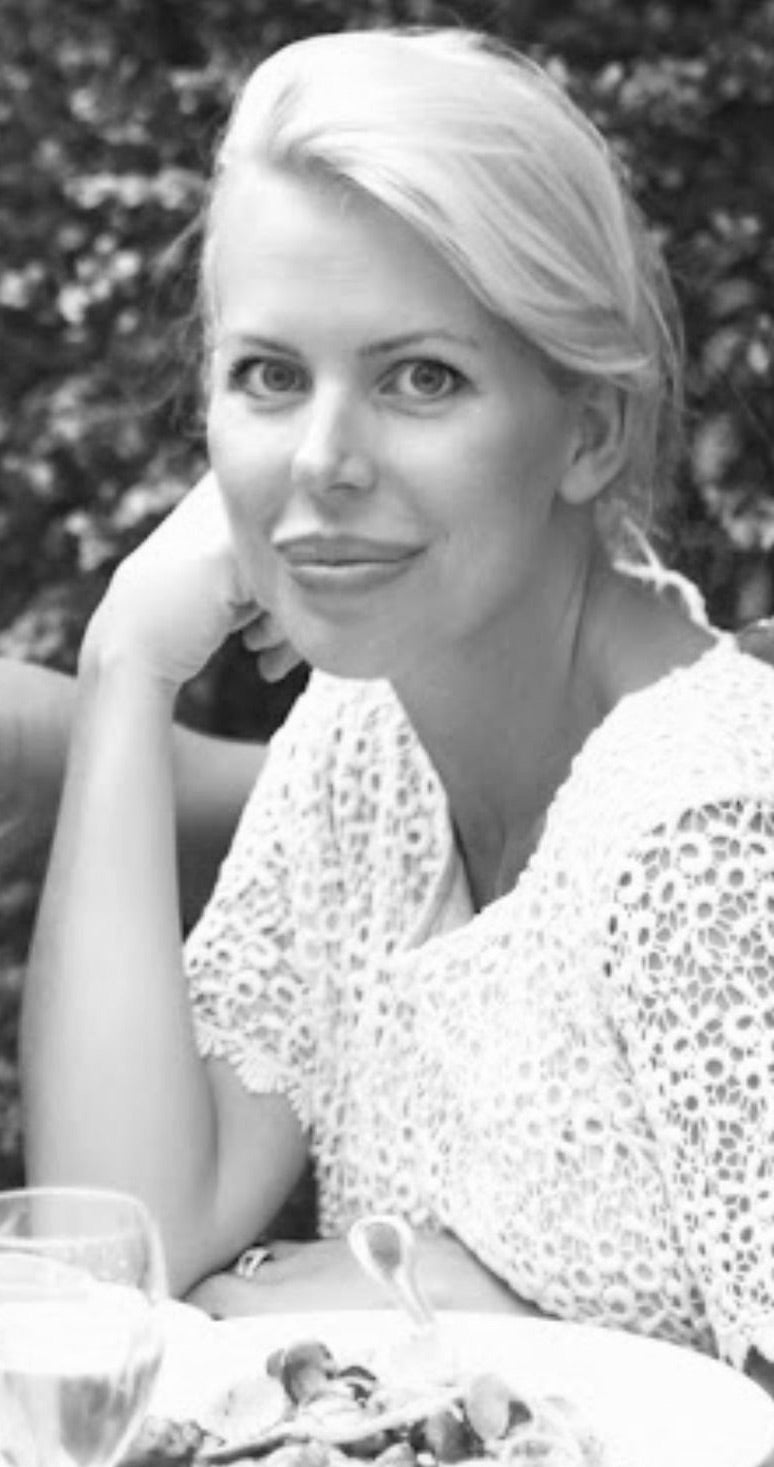
I'm the eldest sister. Born in 1980. For as long as I can remember, I've had a complicated relationship with my appearance.
As a young girl, I struggled with self-image in ways I couldn't always articulate. I didn't feel beautiful in the effortless way I saw others embody.
I'm the eldest sister. Born in 1980. For as long as I can remember, I've had a complicated relationship with my appearance.
As a young girl, I struggled with self-image in ways I couldn't always articulate. I didn't feel beautiful in the effortless way I saw others embody.
I'm the eldest sister. Born in 1980. For as long as I can remember, I've had a complicated relationship with my appearance.
As a young girl, I struggled with self-image in ways I couldn't always articulate. I didn't feel beautiful in the effortless way I saw others embody.
I'm the eldest sister. Born in 1980. For as long as I can remember, I've had a complicated relationship with my appearance.
As a young girl, I struggled with self-image in ways I couldn't always articulate. I didn't feel beautiful in the effortless way I saw others embody.
I'm the eldest sister. Born in 1980. For as long as I can remember, I've had a complicated relationship with my appearance.
As a young girl, I struggled with self-image in ways I couldn't always articulate. I didn't feel beautiful in the effortless way I saw others embody.
I'm the eldest sister. Born in 1980. For as long as I can remember, I've had a complicated relationship with my appearance.
As a young girl, I struggled with self-image in ways I couldn't always articulate. I didn't feel beautiful in the effortless way I saw others embody.
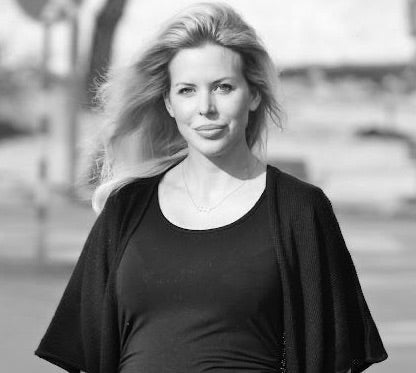
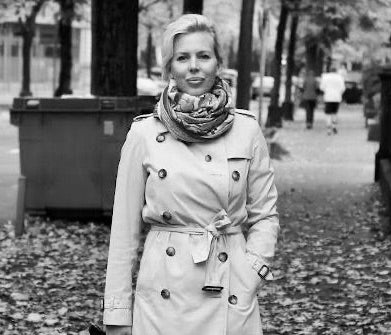
For Me — It's Not One Or The Other — It's In The Combination The True Magic Happens
I love aesthetics and everything that’s visually beautiful — but I also know that beauty without balance is never complete. For me, everything is connected: the mind, the body, and the way we show up in the world.
My sister and I have always challenged and inspired each other in that sense — to grow, to reflect, and to find the yin and yang in life. For years, we’ve had endless conversations about how we want to live: what kind of friends, mothers, and partners we wish to be; how we can stay true to ourselves; and what really matters.
When Lissie was in her mid-twenties, living in Brazil, she started feeling disconnected from her face and body — mostly due to fluid retention. That was when our conversations about life, health, and self-care began to deepen even more.
That’s really when Chez Sorel started to take root — long before we knew what it would become. Many years later, those same conversations evolved into a shared vision: to create something that unites the aesthetic with the holistic, the external with the internal.
Because the truth is this — if you don’t tend to your inner world, your body, and your energy, aging will accelerate no matter how many treatments you do. True, graceful aging comes from a broader perspective — one that honours the whole system.
And that’s what Chez Sorel is all about: finding balance between science and soul, surface and depth — beauty that radiates from within.
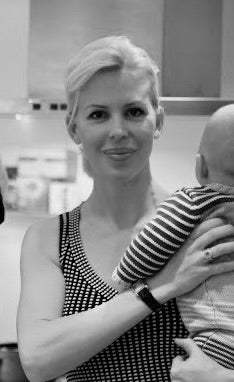
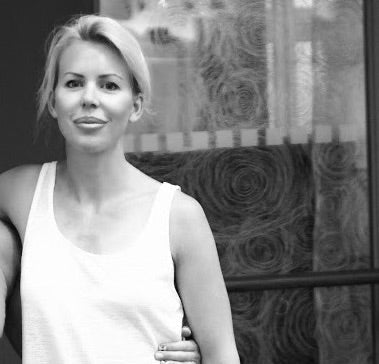
An Aesthetic Mind
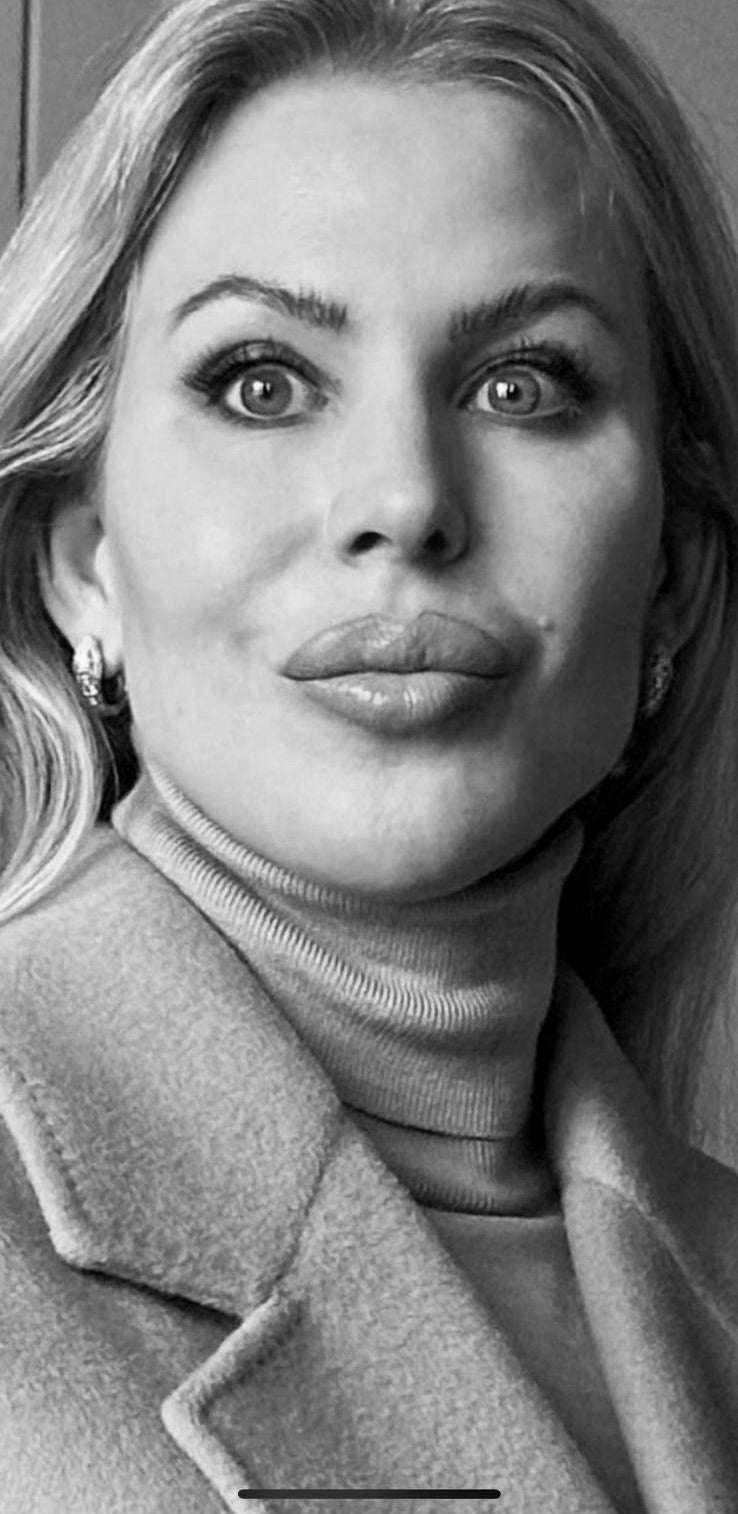
Today, I've found a different kind of relationship to beauty.
Aesthetics are still important to me – always will be. I work with injectables, and I enjoy the precision and artistry of that world. But I've learned that true beauty, the kind that lasts, needs to be supported from within.
That's why I started doing The Routine . To restore the parts of me that injectables can't reach.
It's helped lift my heavy eyelids (something I've struggled with both genetically and from Botox-induced forehead heaviness), and brought back definition to areas that had started to feel dull.
More than anything it helped to take care of every layer – lymph, muscle, fascia, posture, breath.
Because I want to use everything available to feel and look like the most radiant, grounded version of myself.
In our signature product — The Routine , we share our stories, rituals and tools we use everyday to feel like the absolute best versions of ourselves.
Our Transformation
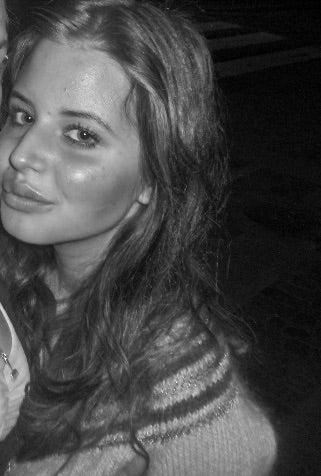
I'm Lissy and the younger of us two sisters and was born in 1989.
On these photos, I'm 14-15 years old and as a teenager, I felt like myself. My face had a natural balance — my features were defined and my eyes open. I didn't think much about lymphatic flow or posture back then, but my lifestyle (or more importantly — my age) supported it without me knowing.
Of course, I could hold extra fluid in my face from time to time and some days I didn't feel particularly pretty — but that's completely normal as a teenager and being a young girl in this society.
However, there was no excess fluid, no abnormal puffiness. I simply looked like me.
lalalalalalalalalaallalalalalalalalalalalalala
lalalalalalalalalalalalalalalal
lalalalalalalallaallaalalalalalal
lalalalalalalalalalalalalalalalalala
lalalalalalalalalalalalalal
lalalalalalalalalalalalalalalalala
lalalalalalalalalalalalalalalala
lalalalalalalalalalalalalalalalalalalal
lal
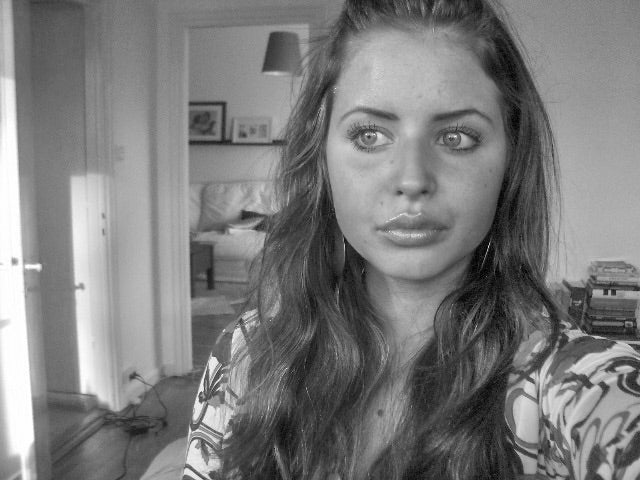
Age 23–27: When My Face Didn't Feel Like Mine
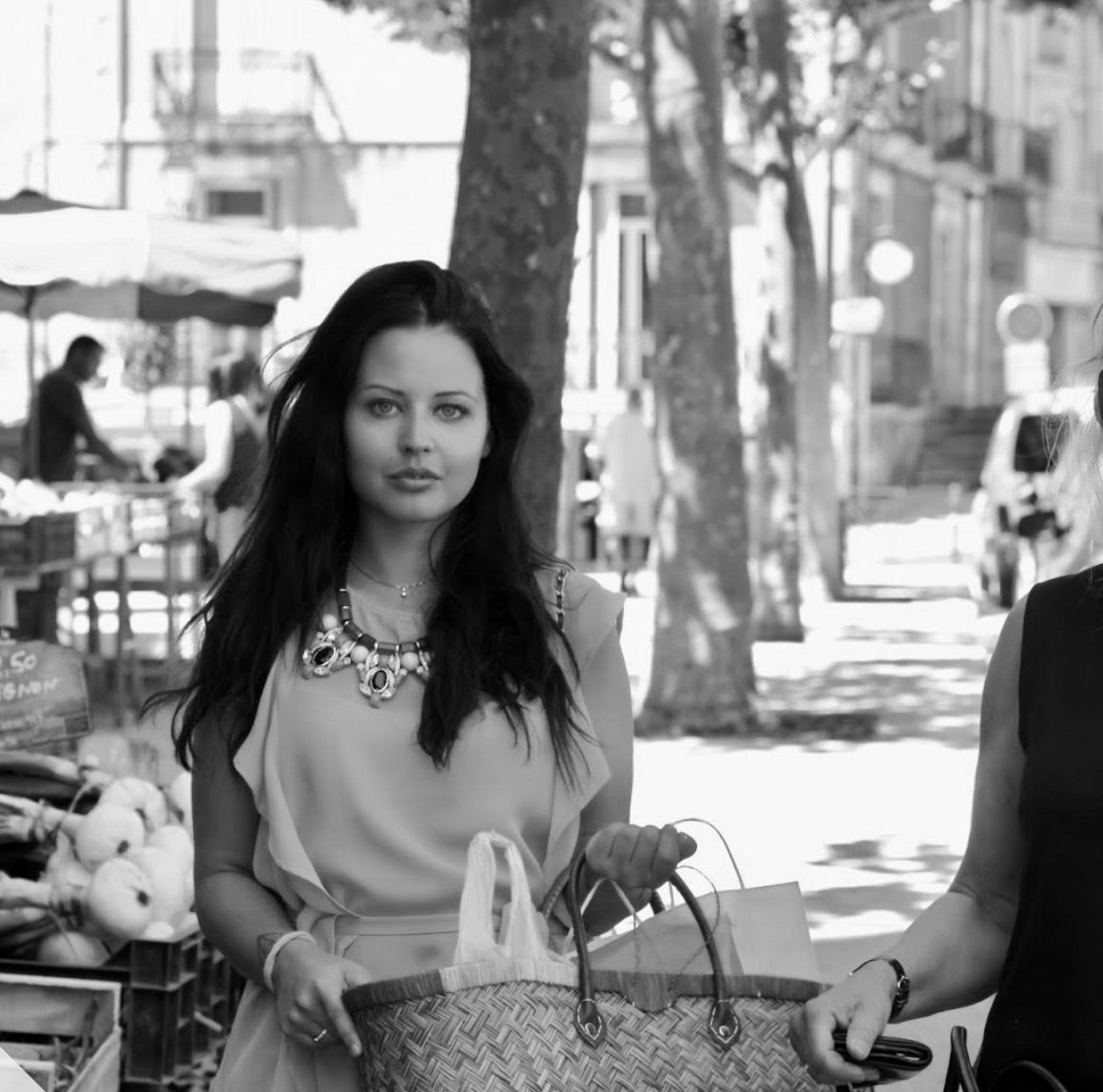
Looking back at photos from this time in my life, one thing stands out: the puffiness. My face was constantly swollen, especially around the eyes and cheeks. Even though I naturally have quite large eyes, they looked noticeably smaller – as if hidden behind inflammation.
Facial puffiness is a normal part of teenage years, but at 25+, it's often a sign that something deeper is going on.
During this period, I was constantly on the move — traveling, partying, and not really listening to what my body needed. My hormones were out of balance, PMS symptoms were intense, and I simply didn't feel (or look) like myself.
If you look closely, you'll see the early signs of downward movement in my cheeks — a subtle but telling shift towards the corners of my mouth. I didn't know it back then, but this was linked to a combination of poor posture, stagnant lymph flow, and chronically tense facial muscles — and fascia.
Around Age 28: The Shift Began
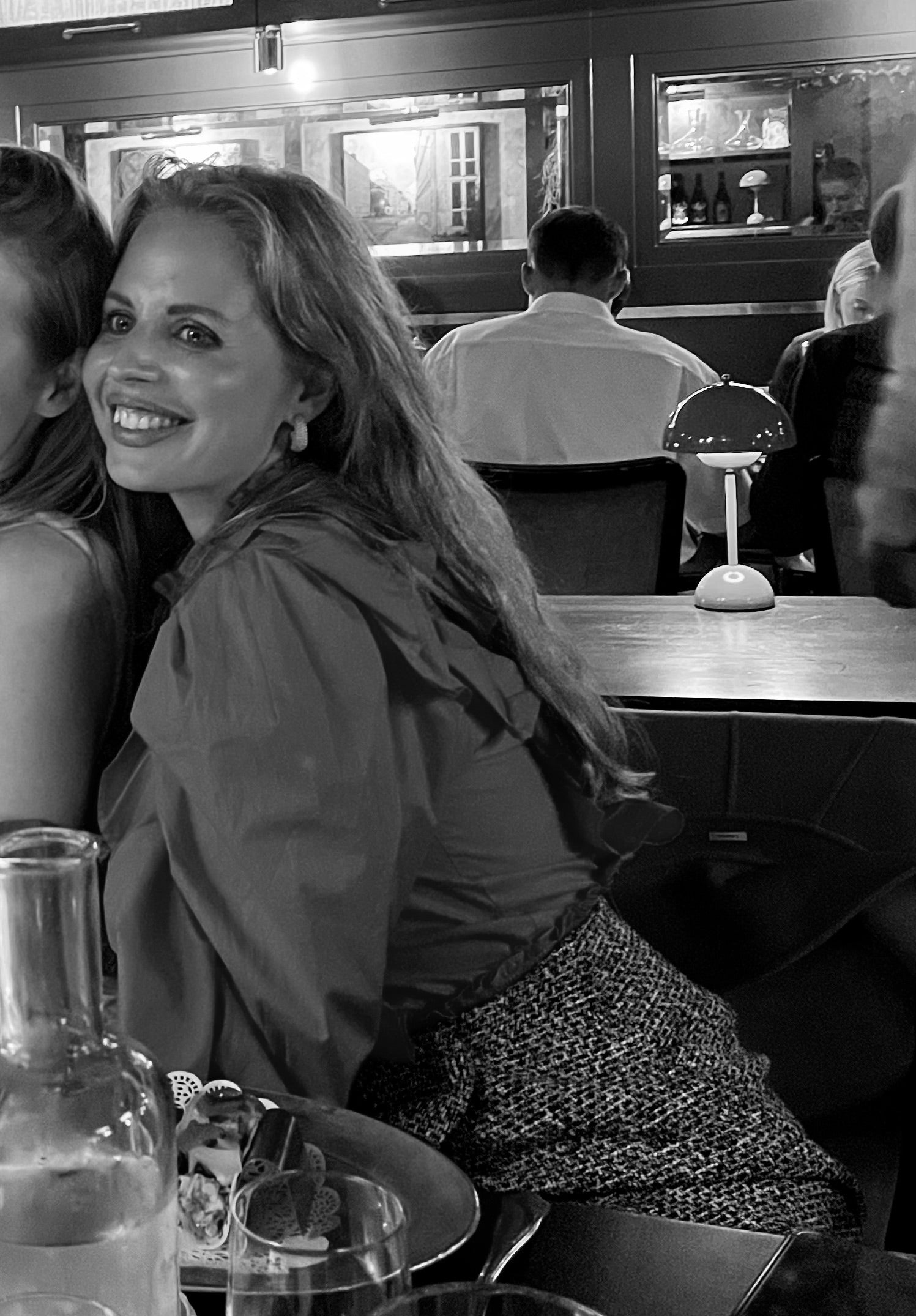
Something started to change around this time. I was still in the rhythm of a fast-paced life—long workdays, late nights, constant travel—but I had also begun to intuitively explore ways of caring for my face and body. I didn't fully understand what I was doing, but I had started working on my posture, releasing my neck and chest, encouraging lymphatic flow, and experimenting with facial massage.
After about six months of consistent (though random) practice, something clicked. The puffiness began to subside. My features gradually reappeared—more defined and more me.
It was never about changing my face. It was about finding my way back to it. When your lymph flow is stagnant and your muscles or fascia are locked in tension, your face can't reflect what you really look like.
Years later, after giving birth to my daughter at 32 (a baby who never really slept), I began noticing the early signs of aging: the beginnings of jowls, heavy eyes, forehead lines, crow's feet, and a posture weakened by endless hours of breastfeeding. Returning to this practice gave my face new life again — and I don't mean I have perfect skin but it looks healthy and I know it will be aging in the most graceful way possible.

In the years since, I’ve created a clear and consistent routine — one that supports both my face and my overall wellbeing. It’s the exact protocol I return to, season after season.
But what’s different now from when I was in my mid-twenties — is time. Back then, I could spend hours on self-care; now, with a child, a business, a home, and a life that’s beautifully full, every minute counts. My routine has to live inside the rhythm of everything else — family, logistics, work, and the parts of life that don’t pause.
That’s why Stina and I created The Routine. We’ve distilled the most essential, high-impact practices into short sessions you can actually fit into a real day. But we also built longer, more comprehensive practices — for the moments when you want to go all in, or when you need something deeper, grounding, or more transformative.
The idea is simple: you get to choose. You can follow a 7- or 10-minute routine and still feel supported, or you can pick and assemble segments from the longer practices to create something entirely your own. It’s a structure that adapts with you — whether you have an hour, or barely enough space to catch your breath.
A routine that’s not only effective, but livable.
